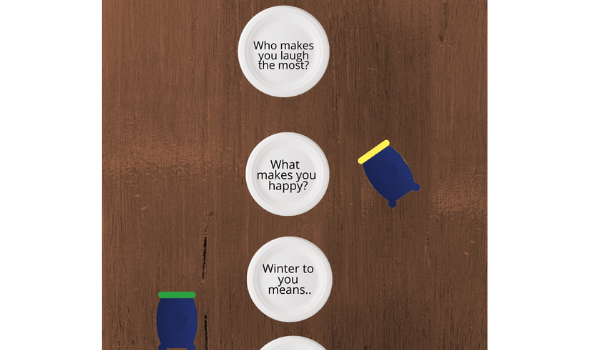When children learn to write, it opens doors to literacy and more social interactions. Young adults with complex communication needs will feel more included when they can text each other or post on social media as their peers do. Writing is also an important skill that can get lucrative employment opportunities for learners with special needs. So, we must encourage children to write using shared writing and other methods. Predictable chart writing is a fascinating way to get children to write more.
What is Predictable Chart Writing
The name says a lot. When there is predictability during the learning process, children tend to be less anxious. So, this method builds on the idea of using repetition so that there is a sense of familiarity for the child.
Predictable Chart Writing is a shared writing method that uses repeated sentence frames as prompts for the learner. It’s an excellent way to guide the learner by providing a structure for the sentence. Since the learner is not making the sentence from scratch it lessens their cognitive load. They can use all this freed up mental energy to think of words and spelling and other aspects of writing.
It’s a Five Day Affair
Yes! Predictable charts are not built in a day. You can make one today but typically we gradually include more elements to the writing process over five days.
Day 1: Write the Chart
1. Choose a topic for writing.
Picking topics that interest the learners motivates them. For example, If there’s an upcoming animated movie that’s a crowd favorite, we can encourage learners to write down their expectations of the movie. If Christmas is coming up, they can write about what they want as gifts.
2. Discuss the topic
We want learners to be involved while choosing topics. Talking to them about what they will be writing about prepares them. This also gives an opportunity to find if AAC learners have all the necessary vocabulary in their AAC systems.
3. Write the Sentence Starter
Write down the sentence starter on chart paper or a whiteboard. Draw the learners’ attention to the sentence structure such as capitalization, spacing, etc.
Complete the First Sentence to serve as an example for the learners
Example: I like to eat ______
4. Rewrite the Sentence Starter
Write the sentence starter again for each learner. Make sure that the words in the sentence prompts are aligned so that learners can see that they are repeated. Continue to talk about the writing process every time you rewrite the sentence starter.
Encourage the child to complete the sentence. For AAC users, make sure they have all the vocabulary they need in their AAC systems.
Day 2: Reread the Sentences
- Re-read your sentence
Read your sentence drawing attention to each word.
You can do the following steps while reading
- Underline each word
- Clap/tap each word
- Underline or circle core words
- Count the number of words
- Count the number of letters in a word
- Look for a specific word or letter in the chart
- Re-read each learner’s sentence
Read each learner’s sentence and repeat the steps mentioned above
Day 3: Cut Up Sentences
Make copies of all the sentences. Cut up your sentence into individual words. Give sentence strips to the learners and encourage them to cut them into words. This will help them understand the concept of how words make up a sentence and how a sentence is read from left to right.
Once the sentences are cut up, ask the learners to build the sentence with the words. If the learner has put the sentence in the incorrect order, read it as it is and see if they can spot the error. For those who may need help, model how to put the words back together in the right order.
Day 4: Be the Sentence
This is a fun activity where a group of learners holds cards/ AAC systems with individual words on them. The learners then try and figure out where to stand in a line to form the sentence. Other learners can participate by sharing their inputs on the order in which each child with the card should be standing for the sentence to make sense.
Day 5: Make a Book
Get the learner to put their sentence together and illustrate it either by drawing or using photographs. Collect the sentences of all the learners and make them into a book.
For example, Create a book titled ‘Favourite Things to Eat’ and use a picture for its cover page. Put the learner’s sentences, one on each page, and make it into a book. You can also use software such as PowerPoint, Google Slides, etc to make digital books. This will be an exciting way to make core books for learners.
References:
http://literacyforallinstruction.ca/shared-writing/
https://talklink.org.nz/uploads/4b0966fec6b7b3bc8827c08b7753a114.pdf
https://www.angelman.org/wp-content/uploads/2020/01/Predictable-chart-writing-012815.pdf






